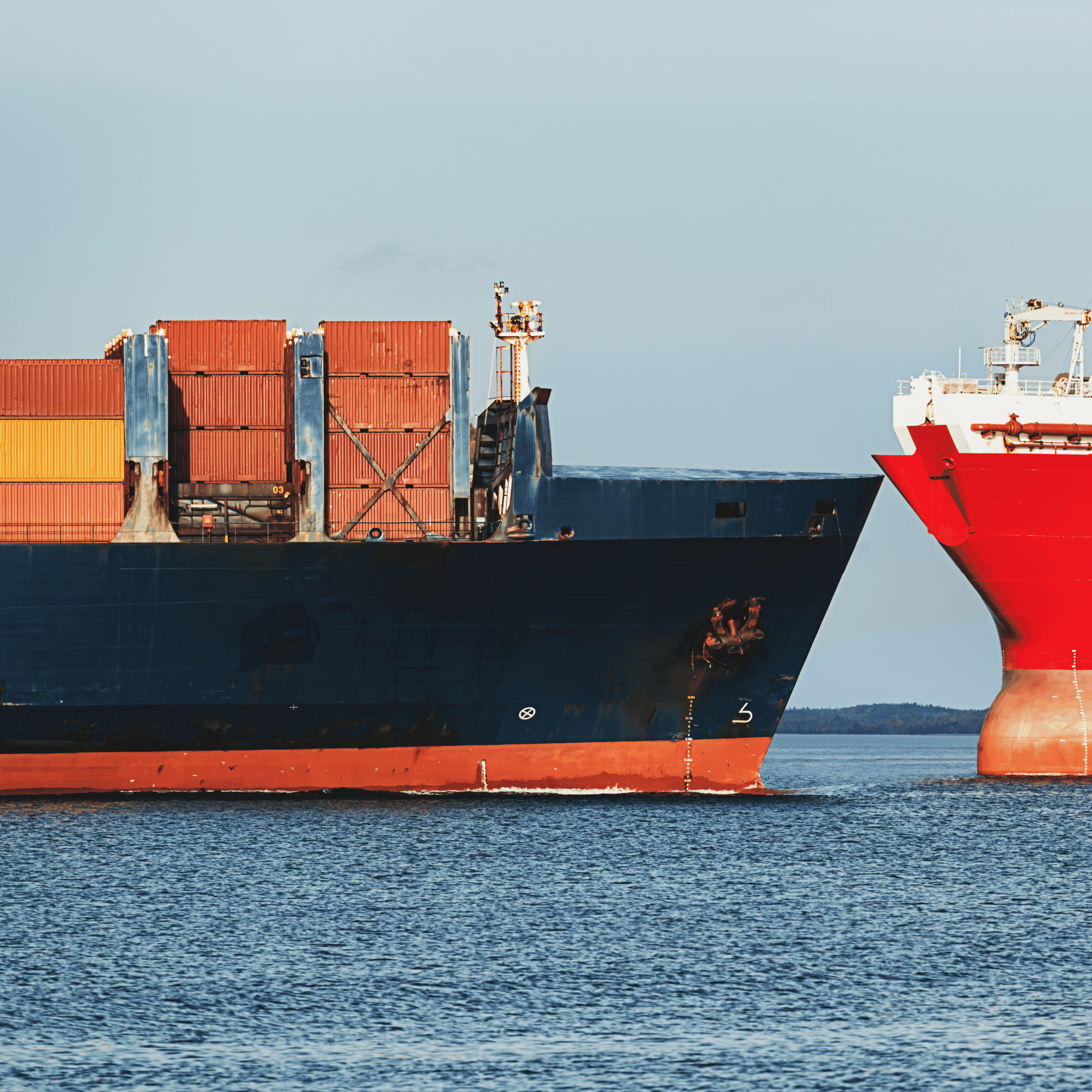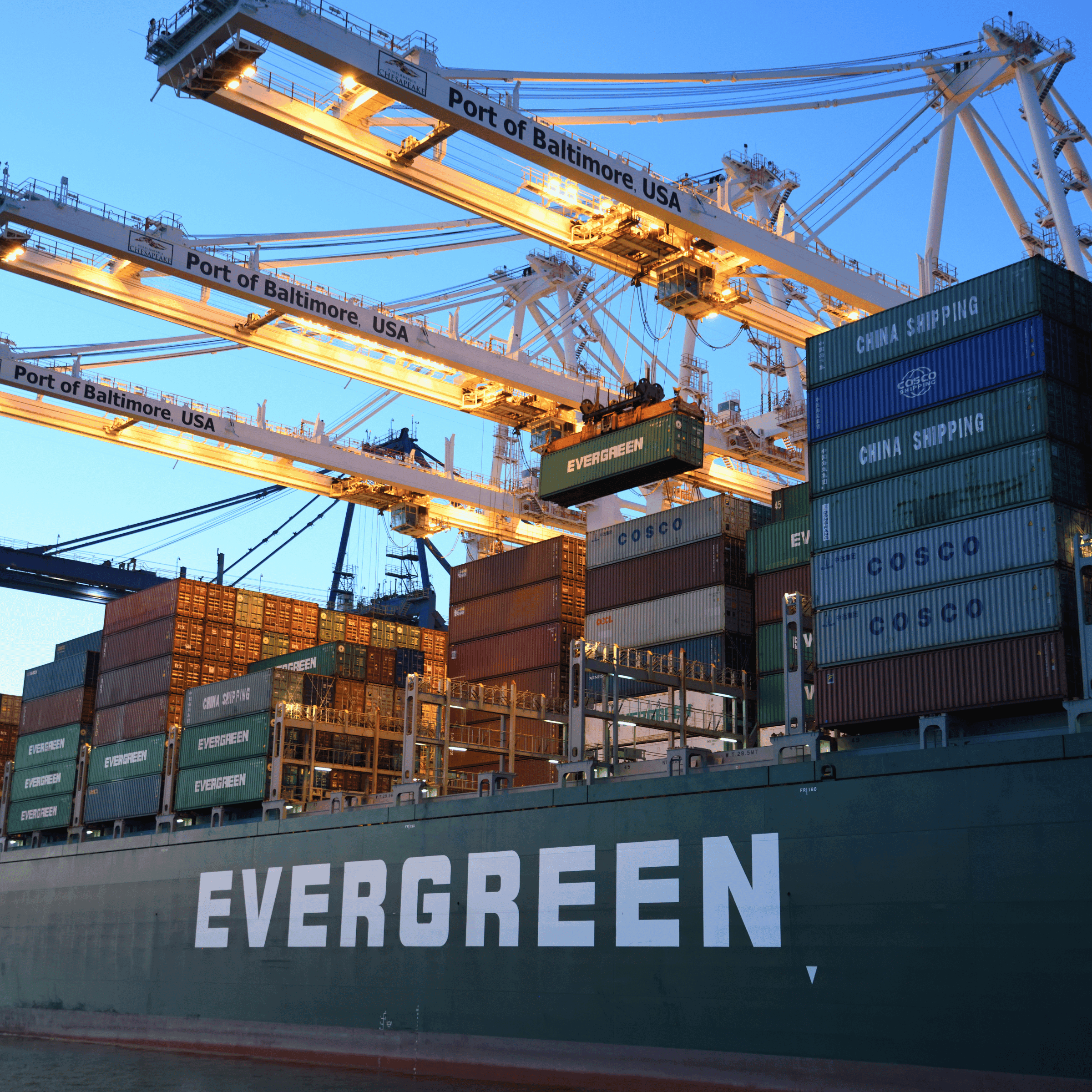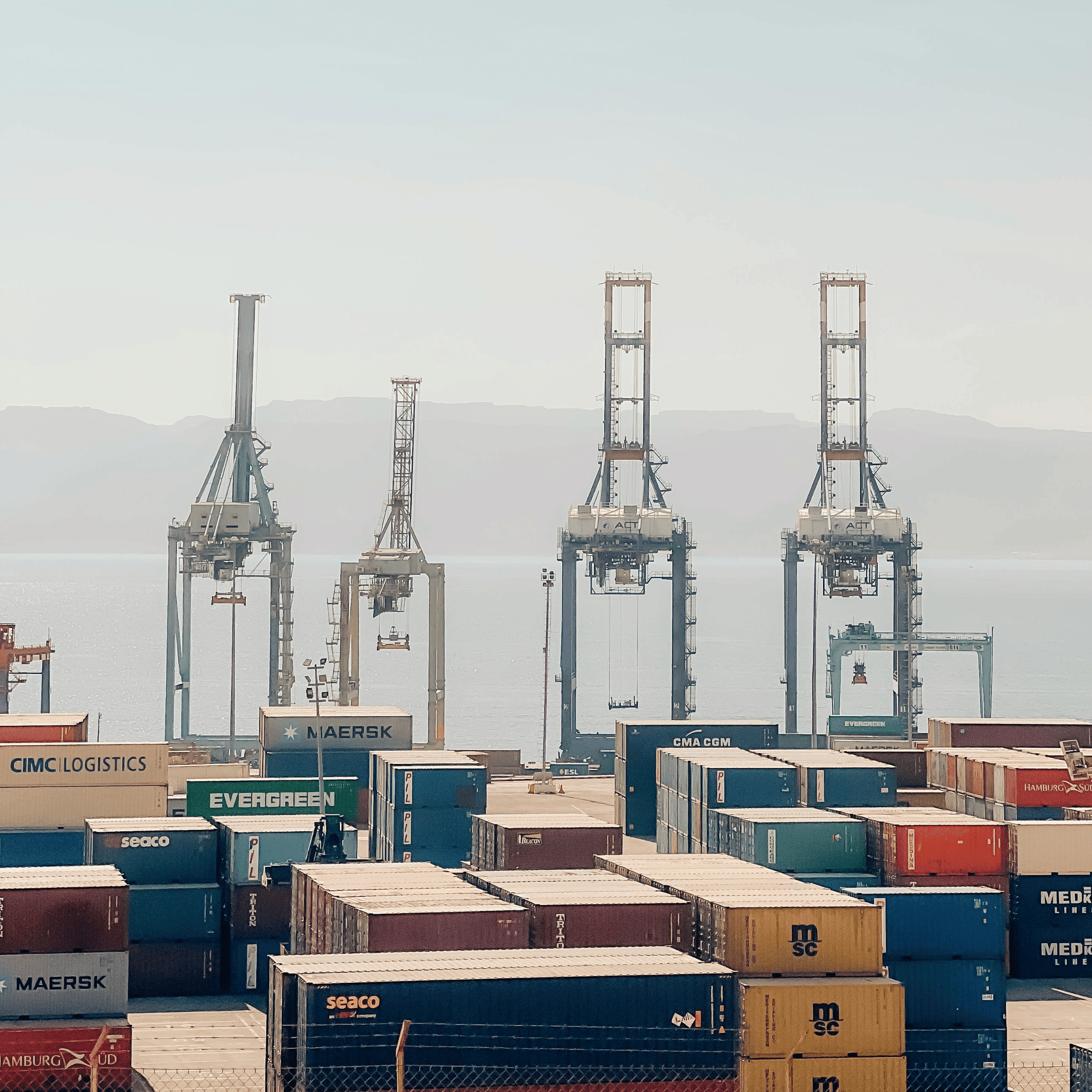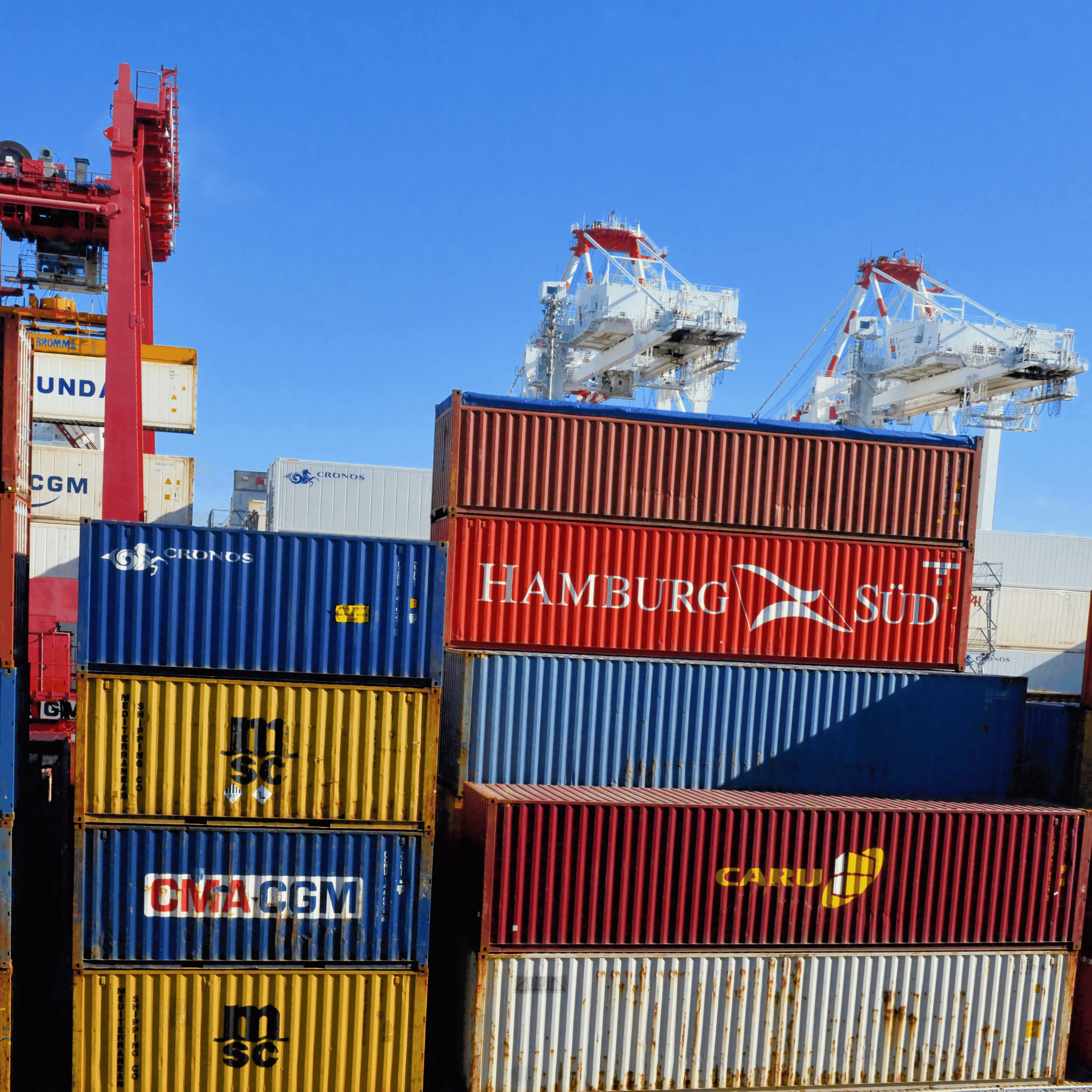The logistics industry in 2025 is facing one of its most significant transformations in decades. Trade policies, tariff reinstatements, and shifting geopolitical alliances are redefining how goods move across borders. For importers, ecommerce brands, and multinational manufacturers, navigating this new terrain requires more than just operational efficiency—it demands strategic agility, regulatory insight, and logistics infrastructure built for unpredictability.
Tariffs have once again become a central tool in U.S. foreign policy. The result is a more fragmented and volatile global trade environment, forcing companies to adapt their sourcing, customs strategies, and inventory positioning. For many, partnering with a responsive third-party logistics (3PL) provider and leveraging bonded warehousing is no longer optional—it’s essential.
This article explores how current trade policy is reshaping the logistics landscape in 2025, and what brands must do to remain competitive.

1. Tariff Reinstatements and Policy Realignments
The United States has implemented a new round of tariffs targeting strategic sectors—especially imports from China and other manufacturing-heavy regions. Categories facing renewed duties include:
- Electric vehicles and lithium batteries
- Semiconductors and critical tech components
- Solar panels, steel, and aluminum
- Textiles, furniture, and selected consumer goods
These measures reflect a broader goal: reducing dependence on Chinese manufacturing while protecting domestic industries. For importers, this means higher landed costs, longer customs clearance times, and increased compliance scrutiny.
At the same time, preferential trade programs—like the Generalized System of Preferences (GSP) or African Growth and Opportunity Act (AGOA)—are undergoing review or renewal, introducing further uncertainty for companies sourcing from emerging markets.

2. Supply Chain Diversification and the China Plus One Model
To mitigate tariff exposure and reduce geopolitical risk, many companies are turning to the “China Plus One” strategy. This sourcing approach involves shifting a portion of manufacturing to secondary countries such as Vietnam, India, Bangladesh, or Indonesia while maintaining some operations in China.
From a logistics standpoint, this shift increases complexity:
- Multiple countries of origin mean more complicated customs filings.
- Country-specific trade agreements require new compliance workflows.
- Longer, multi-leg shipping routes raise inventory planning challenges.
To stay agile, businesses are relying on 3PLs with bonded warehouse capabilities. These facilities allow goods to be imported and stored without immediate duty payment, providing time to assess distribution options, defer costs, or relabel products based on final destination.
3. Nearshoring and the Rise of Mexico as a Manufacturing Hub
The U.S.–Mexico–Canada Agreement (USMCA) continues to make Mexico an attractive nearshoring destination in 2025. With favorable tariff treatment and reduced transit times, Mexico is now a central node in North American manufacturing and logistics.
However, nearshoring presents its own operational challenges:
- Customs congestion at border crossings
- Driver shortages in both the U.S. and Mexico
- New documentation and inspection requirements under USMCA
To offset these risks, shippers are integrating multimodal logistics, consolidating freight in bonded facilities, and leveraging U.S.-based 3PLs with cross-border expertise.
Snapl supports these nearshoring strategies with East Coast distribution hubs that receive bonded goods from Mexico, Asia, and Latin America, allowing clients to delay duty payments and adjust shipping decisions based on real-time demand.

4. The Strategic Use of Bonded Warehousing
As tariff costs rise and global sourcing becomes more fluid, bonded warehouses have become a key part of the modern supply chain.
Bonded warehouses offer importers the ability to:
- Store goods without paying duties until the product is released into U.S. commerce
- Repackage, relabel, or assemble goods to optimize tariff classification
- Export goods directly from the warehouse without ever triggering U.S. duty
This flexibility is vital for brands looking to manage fluctuating demand, change fulfillment destinations, or take advantage of temporary trade exemptions.
Snapl operates bonded warehouse facilities in New Jersey and Massachusetts, helping importers from Europe, Asia, and Latin America streamline U.S. market entry while maintaining cost control.
5. Tariff Engineering and Duty Optimization
With tariffs applied on a product-by-product basis, even small changes in product classification or packaging can result in major cost differences.
Companies are using tariff engineering to minimize duties through:
- Reclassifying goods under lower-duty HS codes
- Breaking down kits or bundling SKUs post-import
- Leveraging FTAs by adjusting origin of components
3PLs with relabeling, repackaging, and compliance expertise play a critical role in these strategies. For example, Snapl supports duty optimization by offering on-site inspection, kitting, and labeling services in its bonded facilities, enabling clients to delay duties or lower their effective rates.
6. Regulatory Volatility and the Need for Resilience
In 2025, trade rules are no longer static. Key developments affecting logistics this year include:
- Revised Section 301 tariffs on goods from China
- Suspensions and reinstatements of GSP benefits
- Tighter enforcement of de minimis thresholds and forced labor compliance
- Introduction of carbon border taxes in certain jurisdictions
This regulatory volatility is pushing brands to embrace flexible supply chain models. The ability to store inventory close to market—without immediately committing to duty payments—offers a critical buffer against policy shifts.
Snapl’s 3PL services are designed to support this level of resilience, combining customs-aware inventory storage with ecommerce and wholesale fulfillment from bonded facilities.

7. How Snapl Is Helping Importers Navigate 2025’s Trade Landscape
Snapl offers a full suite of services designed to help brands adapt to the evolving realities of global trade and logistics:
- Bonded Warehousing in NJ and MA: Store imported goods duty-free until ready for sale or shipment
- Repackaging and Labeling: Modify goods for tariff engineering, channel-specific requirements, or regulatory compliance
- Ecommerce Fulfillment: Fast pick/pack/ship services to U.S. customers from East Coast distribution hubs
- Retail and B2B Distribution: Compliance-ready wholesale fulfillment to major retailers
- Customs Support and Regulatory Navigation: Assistance with tariff classification, documentation, and duty strategy
Snapl’s clients benefit from responsive support, transparent pricing, and integrated technology that keeps inventory moving, even as global policy shifts continue to evolve.
Turning Trade Disruption into Supply Chain Opportunity
The intersection of tariffs, trade policy, and logistics strategy is more critical in 2025 than at any time in recent history. Brands that succeed in this environment will be those that prioritize agility, compliance, and strategic partnerships.
Whether you’re restructuring your sourcing model, moving inventory through bonded facilities, or reclassifying goods to reduce duties, Snapl provides the infrastructure and expertise needed to keep your supply chain lean, compliant, and competitive.

Ready to adapt your logistics strategy for 2025?
Contact Us





